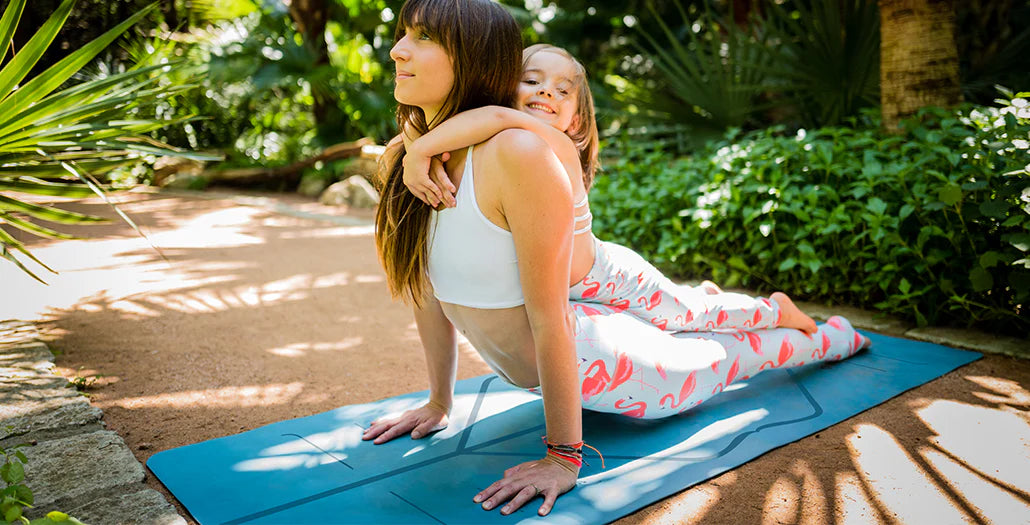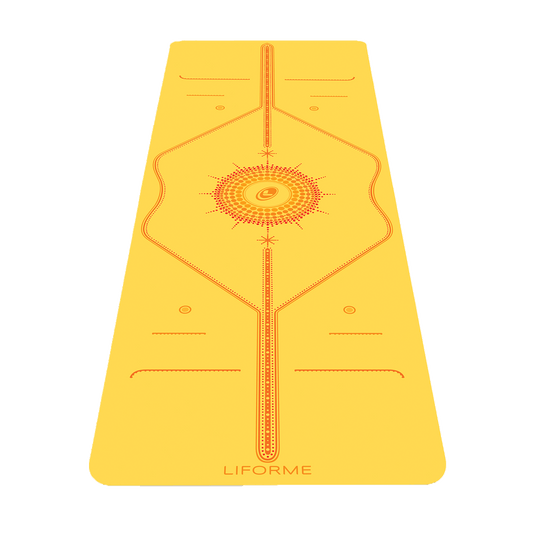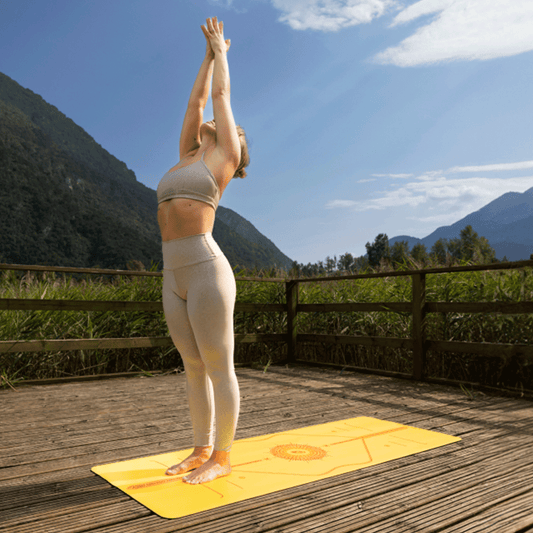Upward Facing Dog Pose is an integral part of a flow yoga practice. It’s part of the Sun Salutation Sequence and the Vinyasa Sequence, so it’s not unusual to do this pose many times during a single yoga session. Perhaps because it’s often done as part of a flow, it’s also not unusual to move through this pose quickly without much thought and therefore a bit sloppily.
Each pose, whether it’s a transition or not (maybe especially when it’s a transition), merits our attention. When it’s a pose that we practice so often, we have to make sure that we’re doing it with good alignment to prevent repetitive stress injuries.The most common point of entry for Up Dog (as it's known to its friends) is from Chaturanga. However, this transition can actually create alignment issues because the shoulders and feet don’t always end up in the best places and there isn’t always time to make corrections before the flow moves on.
So we’re going to talk first about the ideal alignment for the pose and then cover how to make sure your Chaturanga transition sets you up right so you can practice Upward Facing Dog beneficially, safely, and frequently for years to come.
Benefits of Upward Facing Dog
Opens the heart
Stretches the intercostal muscles between the ribs
Stretches and strengthens the muscles around the spine
Strengthens the arms, glutes, and hamstrings
Stretches the shins and ankles
Instructions:
- In building the pose from the ground up, it makes sense to start from Cobra, so come to lie on your stomach with your arms bent, palms under the shoulders, and elbows hugging your sides.
- On an inhalation, spread your fingers and press down into your palms to lift your chest. Engage your legs and glutes and press into the tops of your feet.
- Straighten your arms and roll your shoulders down and back so that your chest expands through your upper arms and your shoulders move away from your ears. This is a Full Cobra Pose.
- Transition to Up Dog by increasing the engagement in your legs and pressing into the tops of your feet so strongly that your thighs lift away from the floor.
- Press down through your palms and the tops of your feet, which are your only contact points with the floor, to keep your hips from sagging and your shoulders from lifting. If you can’t keep that integrity, lower your knees to the mat.
- Soften your elbows slightly so you’re not locking the joint and you can continue to move your shoulders back and your chest forward.
- Maintain your neck as the natural extension of your spine. Your gaze may lift slightly but avoid throwing your head back.

Transition from Chaturanga
- When coming into Up Dog from Chaturanga, it is especially important to keep your elbows soft during the transition so that you have plenty of room to open your chest forward.
- Rolling over the toes from Chaturanga may look cool but there’s a very good chance that it will put you in a position where your shoulders are in front of your wrists. You want the shoulders to be directly over the wrists, so it’s a much better idea to flip your feet one at a time. This allows you to keep your feet in about the same place on the mat rather than move them forward, which has the knock-on effect of moving your shoulders forward.
- If your transition puts you in an awkward position, adjust your transition. You may not spend a long time in Up Dog as you flow but you’ll be coming through it over and over so it’s important to nail the alignment every time.





































